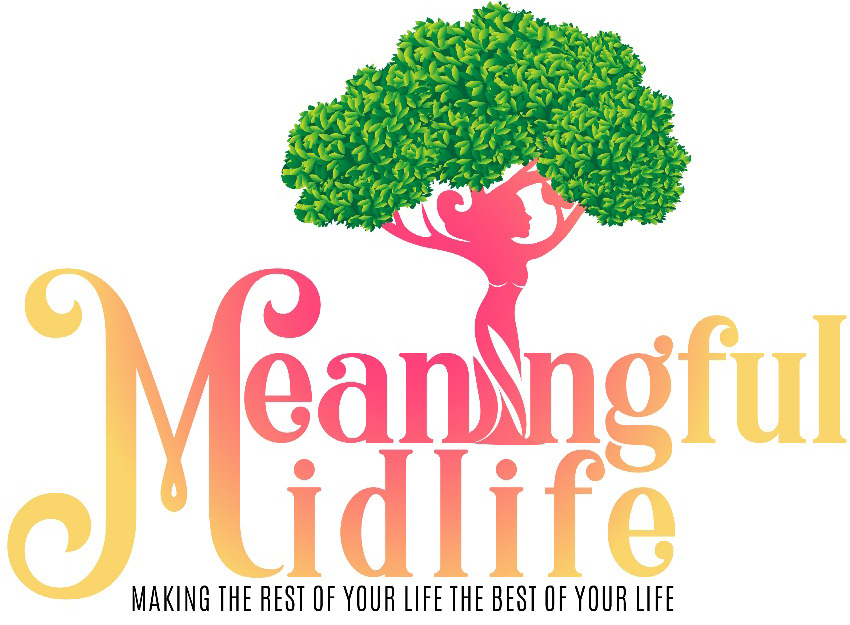Every time I visit my physician, I am asked if I have an advanced directive for my end-of-life care (good for them!). I am embarrassed to say that I still don’t have one. It’s one of those things that is on the master To-Do list, the one that gets looked at when the regular To-Do list tasks are done. (I’m sure you know how often that happens.)
According to Vitas Care, I am not alone. Only 27% of Americans report having talking with their families about their end-of-life care wishes. The best way to make sure your end-of-life care wishes are carried out is to create an advanced directive.
What is an advanced directive?
It is actually a combination of 2 documents: a living will and a medical durable power of attorney. Different states have different laws about what is necessary for an advanced directive. You can find more about your states rules here. And Legal Zoom has a step-by-step process to create one (I don’t know the exact price to do this but they say it takes less than 15 minutes to complete their questionnaire.)
So let’s all agree to take this off the master To-Do list and place it on the list where it will actually get done! Of course, if the person you are caring for does not have one yet, it should already be a priority.
The Importance of Talking about End-of-Life Care – from VITAS – An infographic by the team at The Importance of Talking about End-of-Life Care – from VITAS
Infographic courtesy of Vitas Healthcare
LEARN TO LOVE YOUR LIFE AGAIN
 Do you feel like you need to hit the REFRESH button on your life? Download our free guide and begin to create your best life yet!
Do you feel like you need to hit the REFRESH button on your life? Download our free guide and begin to create your best life yet!




